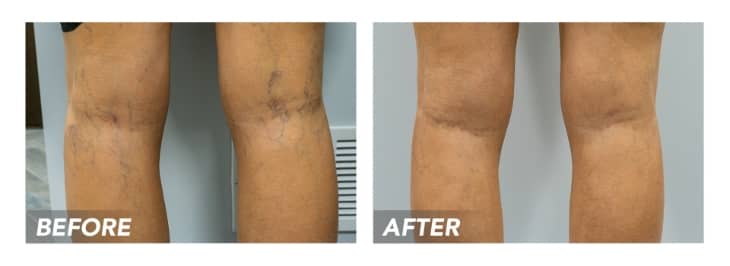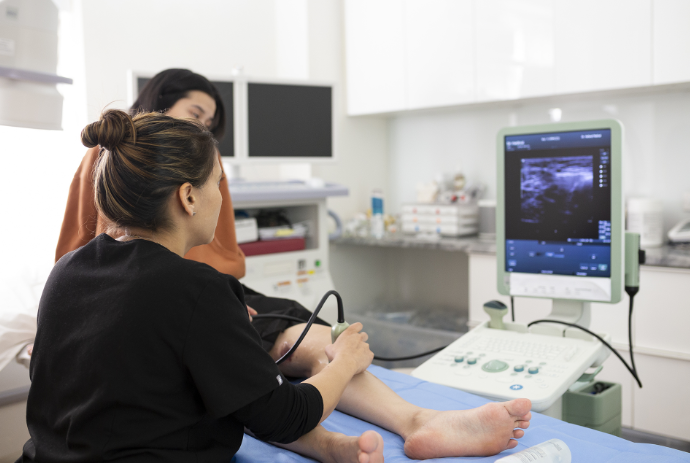Spider veins are one of the commonest conditions in which you notice red, blue, purple webs on the surface of your skin. These squiggly lines are harmless and usually don’t cause pain in the affected area. But people who are conscious about their looks or appearance choose to remove them on a permanent basis.
Treatments for spider veins:
You can’t get rid of spider veins with OTC (Over The Counter) medications, creams, or gels. Other DIY or at-home remedies only reduce the symptoms of spider veins but can’t eliminate them.
Medical procedures:
If you want to remove ugly veins from your body permanently, you should consider spider vein removal medical procedures. Laser treatment is one of the most effective and common spider vein removal treatments. People still have doubts, do spider veins come back after laser treatment? However, spider veins are eliminated permanently with laser technology but new spider veins might grow anywhere on the body.
Another most recommended spider vein removal treatment is sclerotherapy. A physician will inject a chemical solution directly into the spider veins making their sides stick together and blocking the blood flow through the diseased veins. Blood rearranges its route through the healthy veins. Eventually, the treated veins are absorbed by the body itself and fade away.
What is sclerotherapy?
Sclerotherapy is the commonest medical procedure used by physicians. They inject sclerosant solution into a diseased vein to entirely destroy it. The solution destroys the innermost lining of the vein ending in clot so that blood flow through the damaged veins may be obstructed.
Who is a good candidate for sclerotherapy?
People with venous insufficiency that is uncontrollable by the compression stockings or other home treatments and who are not fatty are considered the ideal candidate for sclerotherapy.
In order to decide if sclerotherapy can benefit the person with vascular disease, the physicians evaluate the site of defective veins and the venous drainage pattern as well. Healthy persons who have unsightly visible veins of size 4mm or less are also candidates for sclerotherapy.
What can go wrong with sclerotherapy?
Patients treated with sclerotherapy may experience dark spots over the injected area and it can end in hyperpigmentation. The reason for this is the disintegration of the red blood cells in the treated veins. In most cases, the skin discoloration fades away completely within six months.
Another potential risk after the treatment is the occurrence of new spider veins near the treated area.it can happen with some patients but these new spider veins might disappear within six months.
Rare complications may include the development of an ulcer around the injection site or the development of small blood clots in the small surface veins.
Is sclerotherapy safe?
All medical procedures have some kind of risks that should be tackled carefully. Since sclerotherapy is repeatedly used to cure cosmetic problems. The physicians usually alert the patients about the unwanted side effects.
Does sclerotherapy hurt?
Since the procedure needs injections to treat the affected area, patients can experience slight pain of injections during the treatment. If the sclerosant is injected outside the veins accidentally, this causes more pain, therefore, the treatment should be conducted only by a vein specialist.

